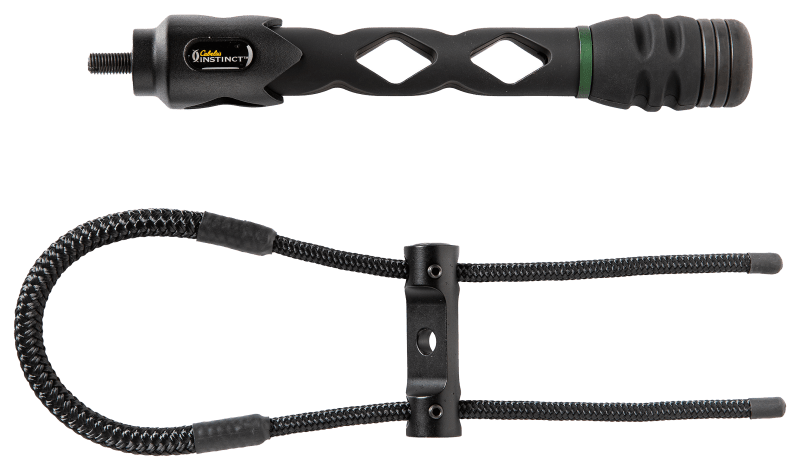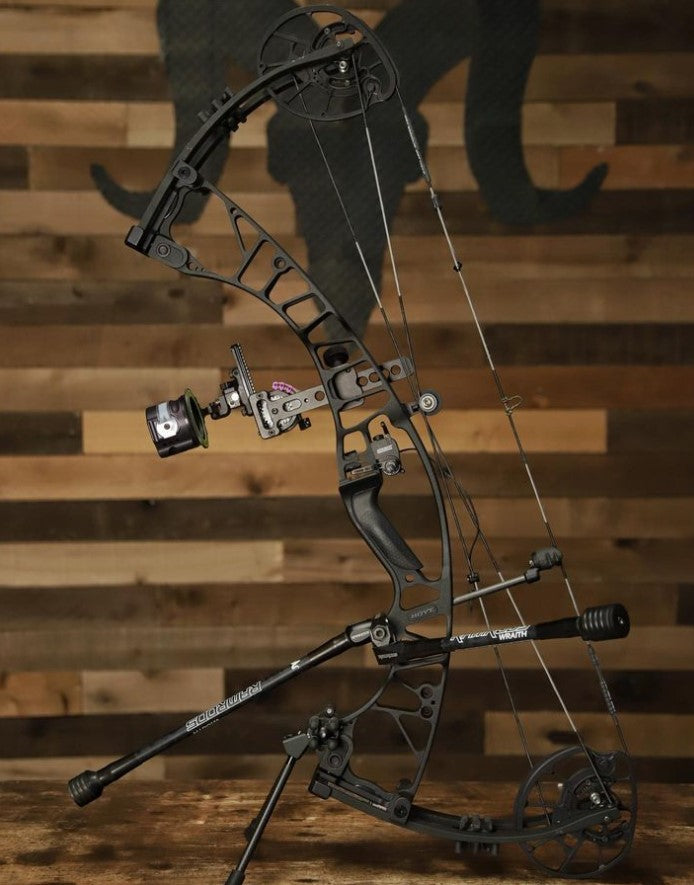Master the Art of Archery: Understanding the Relevance of a Stabilizer in Your Setup
Archery, an old sporting activity that requires accuracy, emphasis, and skill, has actually astounded people for centuries. Whether one is a skilled archer or simply starting their journey, the significance of a stabilizer in their configuration can not be overstated. This important piece of devices plays a considerable function in enhancing precision and boosting general efficiency. By comprehending the benefits of making use of a stabilizer, taking into consideration the ideal elements when picking one, and effectively setting up and adjusting it, archers can boost their abilities to brand-new elevations. So, let us check out the details of mastering the art of archery and discover the indispensable duty that a stabilizer plays in accomplishing success on the range.
The Role of a Stabilizer in Archery
A stabilizer plays an essential role in archery by enhancing equilibrium and lowering vibrations during the shot. A stabilizer helps to combat these resonances by absorbing and dissipating the energy (archery stabilizer).
Among the primary benefits of a stabilizer is its capability to boost equilibrium. When an archer holds a bow, it can be testing to preserve a constant aim. The weight of the stabilizer assists to distribute the weight uniformly, reducing the stress on the archer's arm and improving stability. This enables the archer to concentrate on their objective and execute a much more accurate shot.
In addition to equilibrium, a stabilizer also assists to decrease torque. The weight and layout of a stabilizer combat this turning, ensuring a much more regular and accurate shot.
Advantages of Using a Stabilizer
The usage of a stabilizer in archery supplies many advantages that enhance an archer's efficiency and overall shooting experience. By soaking up and dampening these resonances, the stabilizer improves the stability of the bow, permitting for more accurate and regular shots.
Second of all, a stabilizer helps to stabilize the bow by including weight to the front end. This weight distribution combats the all-natural propensity of the bow to tip ahead upon launch, decreasing the quantity of movement and enhancing the archer's capability to maintain objective on target.

Last but not least, a stabilizer can additionally function as a shock absorber, minimizing the shock and recoil experienced upon release. This not just improves the comfort of capturing yet likewise reduces the risk of injury or pressure on the archer's body.
Just How a Stabilizer Improves Precision
Enhancing the accuracy of an archer's shots, a stabilizer plays an important duty in enhancing total performance. archery stabilizer. By including stability to the bow, a stabilizer aids minimize the undesirable movement and resonance that can occur during a shot. This decrease in movement permits the archer to keep a consistent aim, leading to even more regular and accurate shots

Furthermore, a stabilizer helps to dampen resonances that take place upon launch. These resonances can create the acquiesce drink, influencing the arrowhead's trajectory and precision. By soaking up and dissipating these resonances, a stabilizer helps to maintain the bow's stability and make certain a precise and smooth shot.
Additionally, a stabilizer can also assist in stabilizing the weight distribution of the bow (archery stabilizer). By adding weight to the front of the bow, a stabilizer helps to balance the weight of devices, such as quivers or views, which may be affixed to the bow. This balanced weight circulation assists the archer maintain a controlled and constant capturing setting, resulting in enhanced accuracy
Elements to Think About When Picking a Stabilizer
When selecting a stabilizer for your bow, it is very important to take into consideration a number of factors that will certainly add to its overall performance and suitability for your specific shooting style. The first variable to consider is the size of the stabilizer. Stabilizers are available in various sizes, varying from brief to long. Longer stabilizers normally give a lot more stability and balance, however they can also be heavier and harder to maneuver. Much shorter stabilizers, on the other hand, official website offer better ability to move however may compromise some security.
One more element to think about is the weight of the stabilizer. The weight of the stabilizer can impact the balance of your bow. A heavier stabilizer can help to reduce resonances and improve stability, leading to a steadier shot. A lighter stabilizer might be favored by shooters who focus on ability to move and speed.
Some stabilizers have adjustable functions, such as flexible size or adjustable weights, which allow you to customize the stabilizer to your details demands. Carbon fiber stabilizers are sturdy and light-weight, while light weight aluminum stabilizers offer a balance in between weight and rigidness.
Various stabilizers may work far better for specific shooting styles, such as target capturing or hunting. It is recommended you could try here to seek advice from with experienced archers or experts to determine which stabilizer will finest fit your private requirements.
Tips for Properly Setting Up and Readjusting a Stabilizer
Longer stabilizers give even more stability yet can be less maneuverable, while much shorter stabilizers supply increased maneuverability however might compromise security. When you have actually picked the appropriate length, connect the stabilizer to the bow using the given placing equipment. Make certain that the stabilizer is firmly attached and aligned with the bow's riser.
After setting up the stabilizer, it is needed to make changes to attain the preferred balance and shot uniformity. Start by readjusting the weight distribution along the stabilizer. In addition, think about adjusting the angle of the stabilizer to adjust the shot.

Final Thought
In conclusion, a stabilizer plays an essential role in archery by boosting accuracy and decreasing bow torque. When Your Domain Name choosing a stabilizer, variables such as size, weight, and material ought to be considered to fulfill private needs.
In addition, a stabilizer can likewise aid in stabilizing the weight distribution of the bow. By adding weight to the front of the bow, a stabilizer aids to balance the weight of devices, such as quivers or views, which might be connected to the bow. Some stabilizers have flexible features, such as flexible size or adjustable weights, which enable you to tailor the stabilizer to your details needs. Carbon fiber stabilizers are durable and lightweight, while aluminum stabilizers supply a balance in between weight and rigidness.
Longer stabilizers offer even more stability yet can be less maneuverable, while much shorter stabilizers provide boosted maneuverability however may sacrifice security.